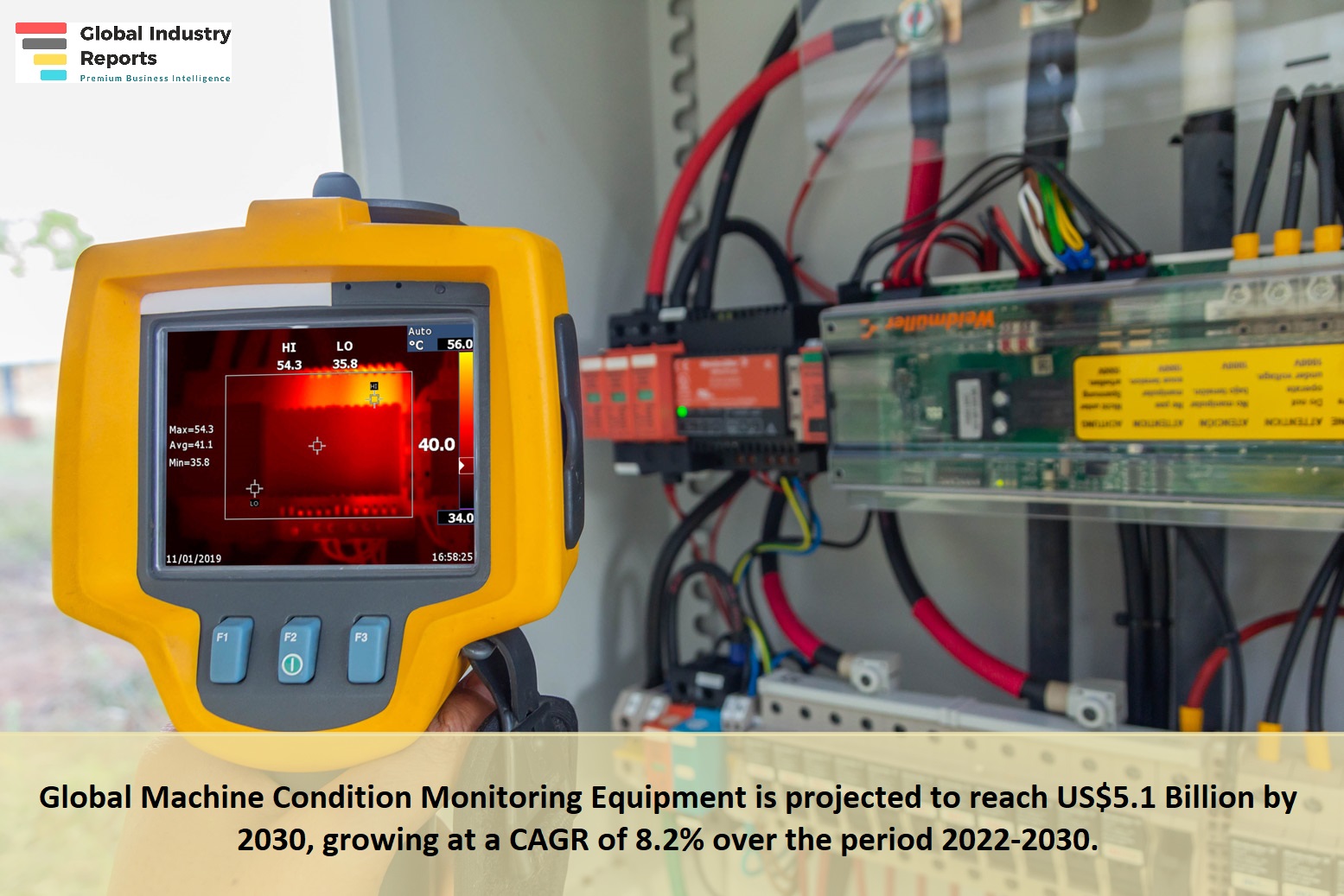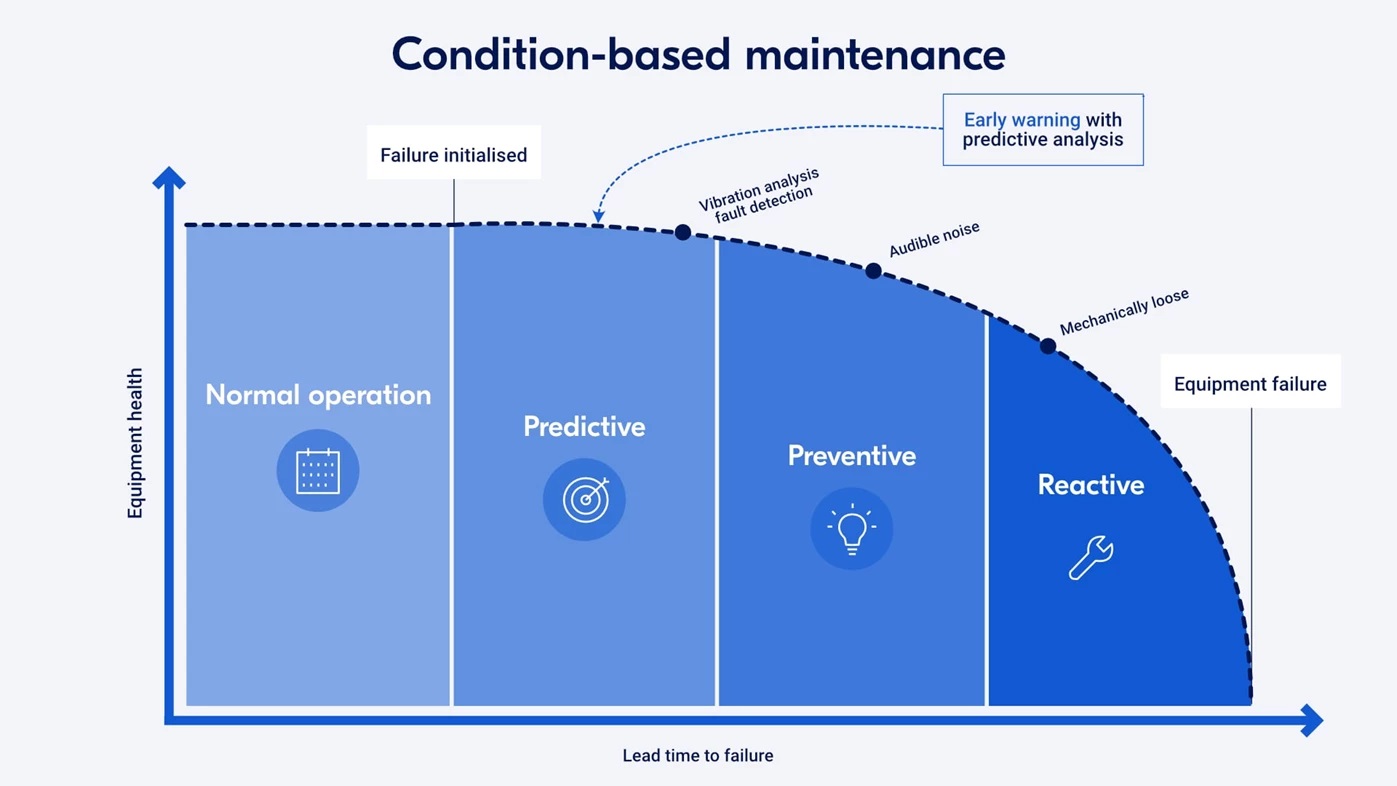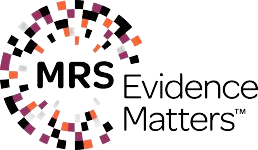Report Overview
- Understand the latest market trends and future growth opportunities for the Machine Condition Monitoring Equipment industry globally with research from the Global Industry Reports team of in-country analysts – experts by industry and geographic specialization.
- Key trends are clearly and succinctly summarized alongside the most current research data available. Understand and assess competitive threats and plan corporate strategy with our qualitative analysis, insight, and confident growth projections.
- The report will cover the overall analysis and insights in relation to the size and growth rate of the “Machine Condition Monitoring Equipment Market” by various segments at a global and regional level for the 2010-2030 period, with 2010-2021 as historical data, 2022 as a base year, 2023 as an estimated year and 2023-2030 as forecast period.
Description:
- In the changed post COVID-19 business landscape, the global market for Machine Condition Monitoring Equipment estimated at US$2.7 Billion in the year 2022, is projected to reach a revised size of US$5.1 Billion by 2030, growing at a CAGR of 8.2% over the period 2022-2030.
- Vibration Monitoring Equipment, one of the segments analyzed in the report, is projected to record 8.4% CAGR and reach US$2.9 Billion by the end of the analysis period. Taking into account the ongoing post pandemic recovery, growth in the Thermography Equipment segment is readjusted to a revised 8.6% CAGR for the next 8-year period.
- The Machine Condition Monitoring Equipment market in the U.S. is estimated at US$731.8 Million in the year 2022. China, the world`s second largest economy, is forecast to reach a projected market size of US$1.2 Billion by the year 2030 trailing a CAGR of 12.7% over the analysis period 2022 to 2030. Among the other noteworthy geographic markets are Japan and Canada, each forecast to grow at 4.2% and 7.3% respectively over the 2022-2030 period. Within Europe, Germany is forecast to grow at approximately 5% CAGR.
MARKET DATA INCLUDED
- Unit Sales, Average Selling Prices, Market Size & Growth Trends
- COVID-19 Impact and Global Recession Analysis
- Analysis of US inflation reduction act 2022
- Global competitiveness and key competitor percentage market shares
- Market presence across multiple geographies – Strong/Active/Niche/Trivial
- Online interactive peer-to-peer collaborative bespoke updates
- Market Drivers & Limiters
- Market Forecasts Until 2030, and Historical Data up to 2015
- Recent Mergers & Acquisitions
- Company Profiles and Product Portfolios
- Leading Competitors
The Report Includes:
- The report provides a deep dive into details of the industry including definitions, classifications, and industry chain structure.
- Analysis of key supply-side and demand trends.
- Detailed segmentation of international and local products.
- Historic volume and value sizes, company, and brand market shares.
- Five-year forecasts of market trends and market growth.
- Robust and transparent research methodology conducted in-country.
- Qualitative and quantitative analysis of the market based on segmentation involving both economic as well as non-economic factors.
- Provision of market value (USD Billion) data for each segment and sub-segment.
- Analysis by geography, region, Country, and its states.
- A brief overview of the commercial potential of products, technologies, and applications.
- Company profiles of leading market participants dealing in products category.
- Description of properties and manufacturing processes.
- marketed segments on the basis of type, application, end users, region, and others.
- Discussion of the current state, setbacks, innovations, and future needs of the market.
- Examination of the market by application and by product sizes; utility-scale, medium scale and small-scale.
- Country-specific data and analysis for the United States, Russia, China, Germany, United Kingdom, France, Japan, Israel, Saudi Arabia, South Korea, United Arab Emirates, Canada, Switzerland, Australia, India, Italy, Turkey, Qatar, Sweden, Spain, Belgium, Netherlands, Norway, Singapore, Egypt, Denmark, Austria, Vietnam, Brazil, Argentina, Mexico, South Africa, and others.
- Coverage of historical overview, key industrial development and regulatory framework.
- Analysis of competitive developments, such as contracts & agreements, expansions, new product developments, and mergers & acquisitions in the market.
- A look at the opportunities in the market for stakeholders and provide a competitive landscape of the market leaders.
Reports Scope and Segments:
| Report Attribute | Details |
| Market size value in 2022 | USD 2.7 Billion |
| Revenue forecast in 2030 | USD 5.1 Billion |
| Growth Rate | CAGR of 8.2% from 2023 to 2030 |
| Base year for estimation | 2022 |
| Historical data | 2015 – 2022 |
| Forecast period | 2023 – 2030 |
| Quantitative units | Revenue in USD million and CAGR from 2023 to 2030 |
| Report coverage | Revenue forecast, company ranking, competitive landscape, growth factors, trends, DROT Analysis, Market Dynamics and Challenges, and Strategic Growth Initiatives
COVID-19 Impact, Market Growth Trends, Market Limiters, Competitive Analysis & SWOT for Top Competitors, Mergers & Acquisitions, Company Profiles, Product Portfolios, Disease Overviews. Market Size, Market Shares, Market Forecasts, Market Growth Rates, Units Sold, and Average Selling Prices. |
| Segments covered | Type, Technology, Process, Application & Region |
| Regional scope | North America; Europe; Asia Pacific; Latin America; Middle East and Africa and rest of the world |
| Country scope | United States, Russia, China, Germany, United Kingdom, France, Japan, Israel, Saudi Arabia, South Korea, United Arab Emirates, Canada, Switzerland, Australia, India, Italy, Turkey, Qatar, Sweden, Spain, Belgium, Netherlands, Norway, Singapore, Egypt, Denmark, Austria, Vietnam, Brazil, Argentina, Mexico, South Africa, and others. |
| Key companies profiled | ALS Limited; Analog Devices, Inc.; Azima DLI LLC; Brüel & Kjær Vibro GmbH; ClampOn AS; Cosasco; Crystal Instruments; CTRL Systems, Inc.; Data Physics Corporation; Emerson Electric Co.; FLIR Systems, Inc.; Fluke Corporation (Fortive); General Electric (GE) Co.; Honeywell International Inc.; ITT Corporation; Megget PLC; National Instruments Corp.; Parker Hannifin Corp.; PCB Piezotronics (MTS Systems Corporation); Rockwell Automation, Inc.; Schaeffler AG; Shinkawa Electric Co., Ltd.; SKF Group; SPM Instrument AB; Symphony Industrial AI Inc.; Wilcoxon Sensing Technologies Inc. and others |
| Customization scope | Free report customization (equivalent up to 20 analyst’s working days) with purchase. Addition or alteration to country, regional & segment scope. |
| Report Format | PDF, PPT, Excel & Online User Account |
Report Segmented by:
| Based On Monitoring Techniques | Based On Offering | Based On Deployment Type | Based On Monitoring Process | Based On Industry | Based On Region |
| Vibration Monitoring | Hardware
Vibration Sensors, Infrared Sensors, Spectrometers, Ultrasound Detectors, Spectrum Analyzers and Corrosion Probes |
On-premises | Online Condition Monitoring | Metals and Mining | North America |
| Thermography | Software
Data Integration, Diagnostic Reporting, Order Tracking Analysis and Parameter Calculation. |
Cloud | Portable Condition Monitoring | Power Generation | Europe |
| Lubricating Oil Analysis | Oil & Gas | Asia Pacific | |||
| Corrosion Monitoring | Aerospace & Defense | Middle East & Africa | |||
| Ultrasound Emission | Food & Beverages | Latin America | |||
| Motor Current Analysis | Chemicals | ||||
| Automotive | |||||
| Others (Healthcare, Cement, Marine, Paper & Pulp and Semiconductor & Electronics). |
Companies Covered in Report:
| ALS Limited | Honeywell International Inc. |
| Analog Devices, Inc. | ITT Corporation |
| Azima DLI LLC | Megget PLC |
| Brüel & Kjær Vibro GmbH | National Instruments Corp. |
| ClampOn AS | Parker Hannifin Corp. |
| Cosasco | PCB Piezotronics (MTS Systems) |
| Crystal Instruments | Rockwell Automation, Inc. |
| CTRL Systems, Inc. | Schaeffler AG |
| Data Physics Corporation | Shinkawa Electric Co., Ltd. |
| Emerson Electric Co. | SKF Group |
| FLIR Systems, Inc. | SPM Instrument AB |
| Fluke Corporation (Fortive) | Symphony Industrial AI Inc. |
| General Electric (GE) Co. | Wilcoxon Sensing Technologies Inc. |
After Sales Support
- Every updated edition of the report and full data stack will be provided at no extra cost for 24 months.
- Latest 2022 base year report.
- Free Updated edition of 2023 every quarter without any hidden cost.
- No user limitation for the report. Unlimited access within the organization.
- Unrestricted post-sales support at no additional cost
- Free report customization (equivalent up to 10 analyst’s working days) with purchase. Addition or alteration to country, regional & segment scope
- Global Industry Reports will support your post-purchase for a period of 24 months to answer any of your queries related to the following market and to provide you any more data needed, for your analysis.
- Option to purchase regional or some selected Chapters from the report.
Key questions that are answered in this report
- What is the total market of machine condition monitoring in 2023?
- What is the total CAGR expected to be recorded for the machine condition monitoring market during 2022-2030?
- What are the driving factors for the machine condition monitoring market?
- Which are the significant players operating in the machine condition monitoring market?
- Which region will grow at a fast rate in the future?
- How big is the machine condition monitoring Market?
- What are the Challenges in machine condition monitoring Market?
- What is the Restraint in machine condition monitoring Market?
- What Company Leading the North America machine condition monitoring Market?
- What are Opportunities in machine condition monitoring Market?
- Which Region is largest share of Market in Asia Specific?











